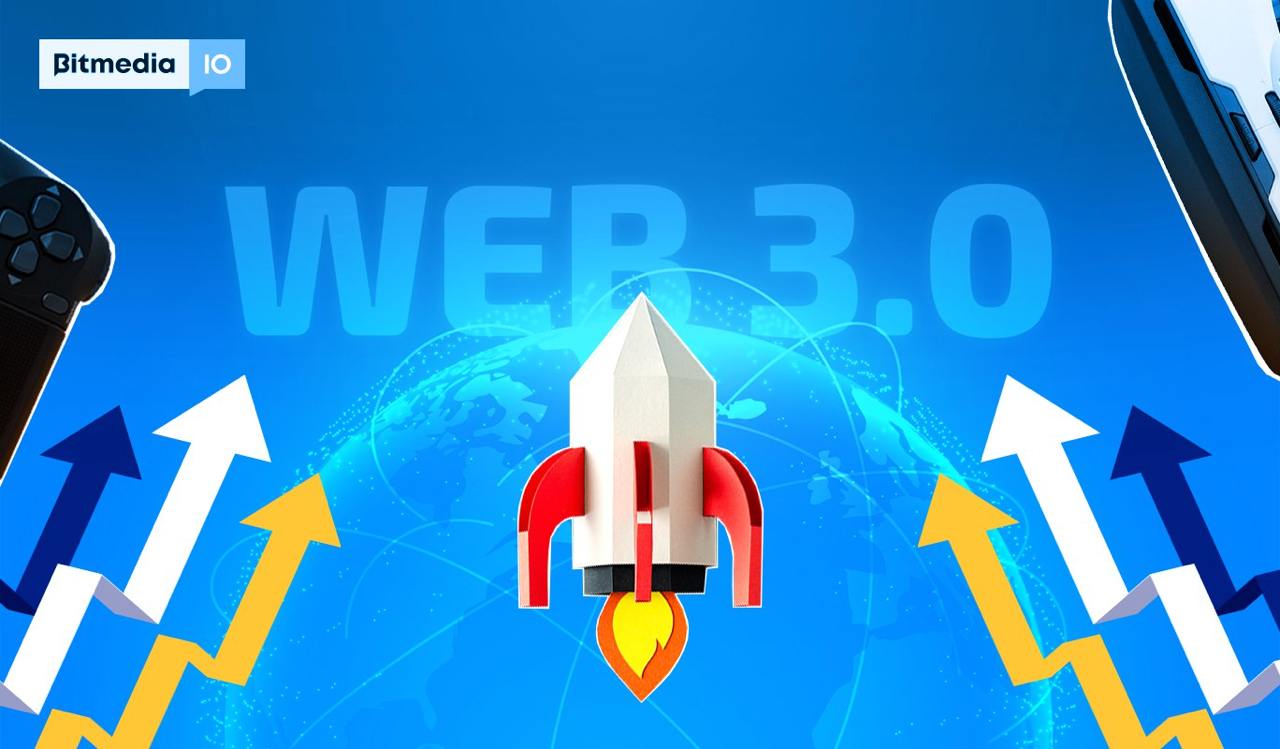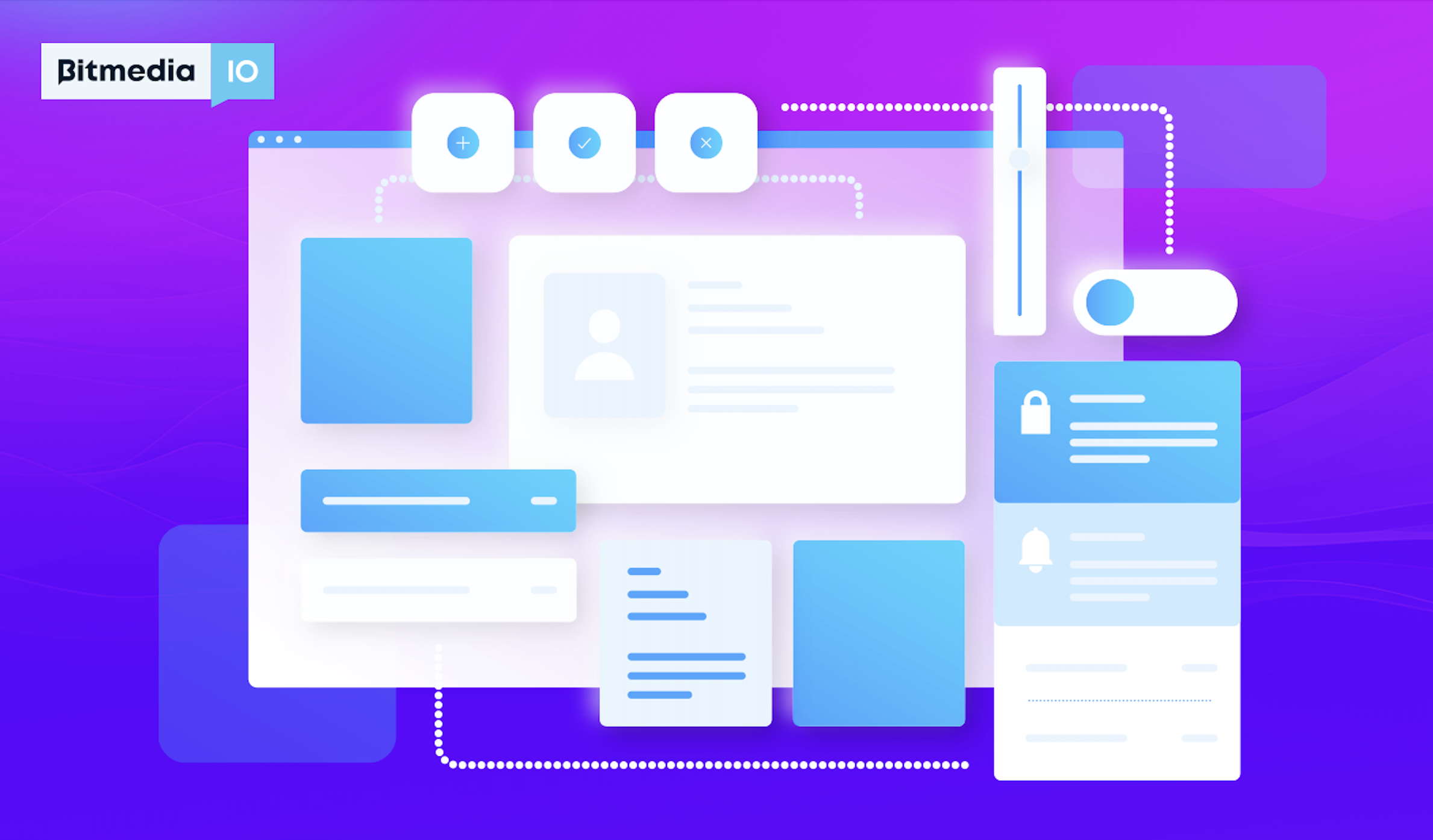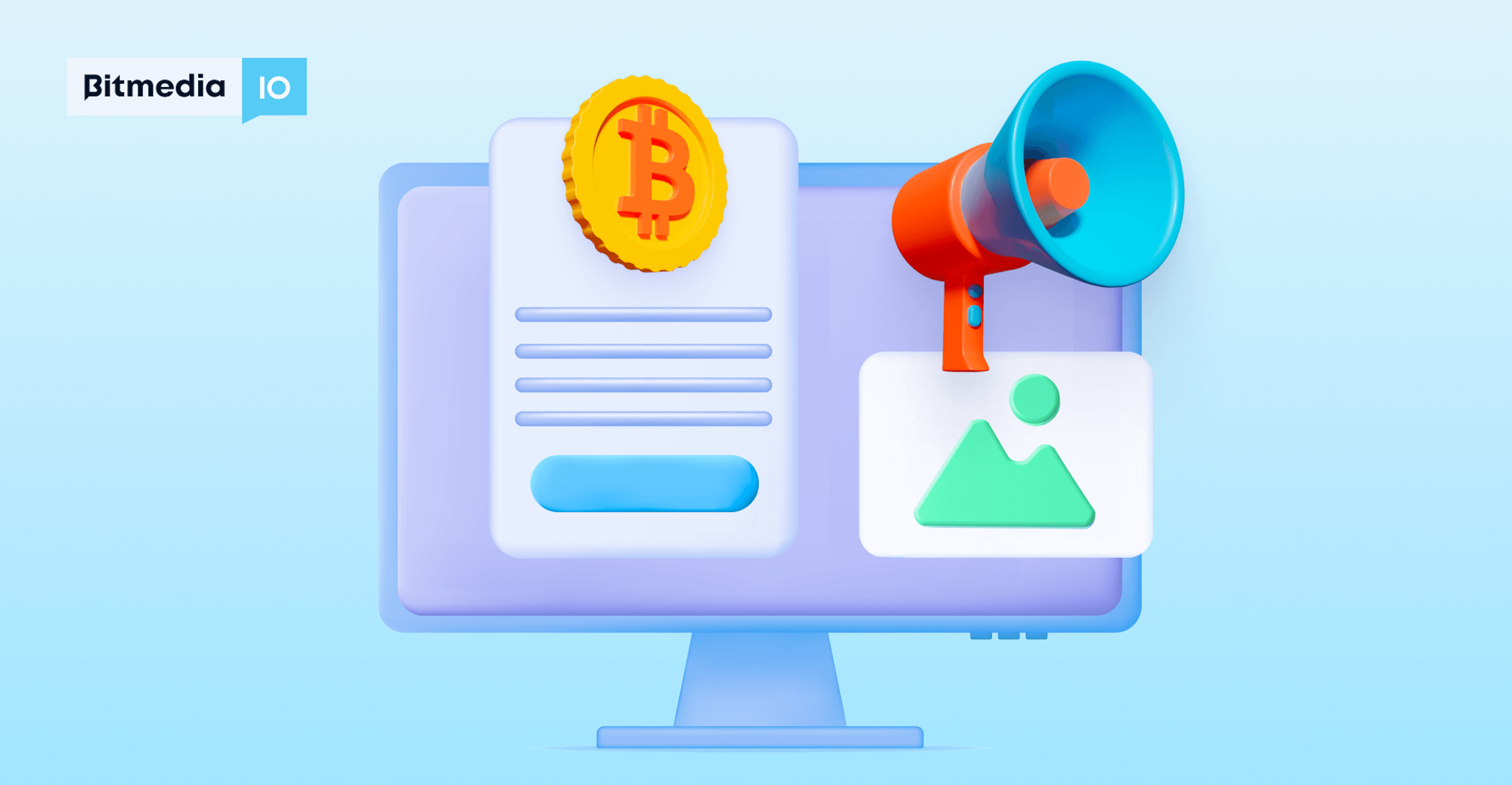The Role of Banner Ads in Web3 Digital Advertising

At Bitmedia, a leading crypto advertising network specializing in banner ads, we understand the power and potential of this advertising format. During any browsing session, you’ve likely encountered dozens of banner ads—and there’s a good reason for their popularity. Banner ads are versatile, eye-catching, and cost-effective, contributing to a global ad spending projection of $174.10 billion on digital banner advertising by 2024. Since their debut in 1994, banner ads have become a cornerstone of digital advertising, developing into a highly effective tool for brand promotion and website monetization. For publishers aiming to monetize their websites or enhance ad revenue, banner ads are integral to any successful display advertising strategy.
However, success with banner ads involves more than just strategic placement—it’s about selecting the right sizes. The correct size can transform an ad from something users might overlook into one that captures attention and drives clicks. If you’re new to banner ads and curious about the different types, this guide is for you. We’ll delve into what banner ads are, their value for publishers and advertisers, the most common banner ad sizes, and best practices to optimize their performance.
What Are Banner Ads?
Banner ads are rectangular display ads designed to promote brands, websites, or products across the internet. As a key element of display advertising, they offer a visually appealing way to engage audiences. Effective banner ads use compelling graphics, concise messaging, and strong calls-to-action to boost brand awareness, drive traffic, and increase conversions.
Typically, banner ads are strategically placed in high-traffic areas of a webpage, such as the top (header), sides (sidebars), or bottom (footer), maximizing visibility. This prominent placement captures user attention without disrupting the browsing experience. These ads act as links, inviting visitors to learn more about a product or service, and when clicked, they direct users to the advertiser’s website or landing page, encouraging further engagement.
How Does Banner Advertising Work?
Running banner advertising involves a straightforward process to ensure ads reach the right audience:
- Advertiser uploads an ad: Advertisers create visually appealing banner ads that align with their campaign goals.
- Publishers allocate ad space: Publishers reserve spaces on their website for ads to appear.
- Ad networks facilitate placements: Platforms like Google Ads or AdSense match ads with available spaces based on audience relevance.
- Users interact with ads: Once live, users can click on the ads, leading to the advertiser’s desired landing page. The effectiveness of a banner ad is measured by CTR (Click-Through Rate), tracking the percentage of impressions that result in clicks.
Banner advertising connects advertisers, publishers, and ad networks to display the right ads to the right people at the right time.
How Banner Advertising Works for Publishers
Banner advertising enables publishers to monetize their websites by providing space for advertisers. Here’s how it typically works:
- Join a Display Ad Network: Publishers sign up with a display network like Google AdSense.
- Add a Script to Your Website: The network provides a script to embed on the site.
- Automatic Ad Display: Once added, the script automatically displays banner ads, eliminating the need for manual updates.
- Earn Revenue: Publishers earn money based on the advertising model used:
- CPM (Cost Per Mille): Revenue is based on the number of ad impressions, ideal for high-traffic sites, even with low user engagement.
- CPC (Cost Per Click): Revenue is earned each time a user clicks an ad, prioritizing user interaction and often more lucrative for engaged audiences likely to click on ads.
Why Are Banner Ad Sizes Important?
The size of a banner ad plays a key role in determining its visibility and effectiveness. Choosing the right size leads to several benefits:
- Better Engagement: Larger or strategically placed banner ads capture attention more effectively, leading to increased interaction.
- Optimal Compatibility: Using standard banner ad sizes ensures compatibility across platforms and ad networks, aligning with industry specifications.
- Improved Performance: Certain banner ad sizes have been proven to deliver higher click-through and conversion rates, enhancing overall campaign success.
- Enhanced User Experience: Banner ads that seamlessly integrate with a webpage’s design create a smooth and non-intrusive experience for users.
Both advertisers and publishers benefit from sticking to the most popular banner ad sizes, as these are more likely to deliver results and adhere to industry standards.
Most Common Banner Ad Sizes in 2025
Selecting the right banner ad size depends on factors like the website layout, the type of ad campaign, and the device measurements (mobile or desktop) your audience is using. While certain banner sizes are popular due to their high visibility, it’s equally important to consider which sizes work best with your website’s design to maintain a good user experience. The most popular banner ad sizes widely used in the industry include:
| Banner Ad Type | Top Of Page | In-Content | Sidebar | Mobile Friendly |
|---|---|---|---|---|
| 728 x 90 pixels (Leaderboard) | ✅ | ❌ | ❌ | ❌ |
| 320 x 50 pixels (Mobile Leaderboard) | ✅ | ❌ | ❌ | ✅ |
| 336 x 280 pixels (Large Rectangle) | ❌ | ✅ | ❌ | ✅ |
| 300 x 250 pixels (Medium Rectangle) | ❌ | ✅ | ✅ | ✅ |
| 120 x 600 pixels (Skyscraper) | ❌ | ❌ | ✅ | ❌ |
| 160 x 600 pixels (Wide Skyscraper) | ❌ | ❌ | ✅ | ❌ |
| 970 x 250 pixels (Billboard) | ✅ | ❌ | ❌ | ❌ |
728×90 pixels (Leaderboard): A wide, rectangular ad often placed at the top of a webpage, making it highly visible and effective for brand awareness.
320×50 pixels (Mobile Leaderboard): A compact ad that fits perfectly on mobile screens, offering high visibility without disrupting the user experience.
336×280 pixels (Large Rectangle): Popular for its visibility within or next to content, grabbing users’ attention without overwhelming them.
300×250 pixels (Medium Rectangle): Versatile and compatible with both desktop and mobile screens, ideal for boosting visibility and engagement.
120×600 pixels (Skyscraper): A tall, vertical ad on sidebars, staying visible longer and effectively reaching users as they browse.
160×600 pixels (Wide Skyscraper): These ads remain visible as users scroll, thanks to their sticky effect, making them ideal for increasing brand exposure and click-through rates.
970×250 pixels (Billboard): It is a large, rectangular ad typically placed at the top or bottom of a webpage. Its size ensures high visibility, making it hard for users to miss as they browse.
The right ad sizes aren’t just about aesthetics—they’re important for optimizing your monetization strategy.
Top Strategies for Maximizing Revenue from Banner Ads
While banner ads are a powerful tool for monetizing websites, engaging users and driving results requires more than just eye-catching designs. Poorly optimized ads can harm user experience, slow down your site, and fail to capture attention. Here are some tips to maximize banner ad effectiveness:
- Optimize for Mobile: With mobile traffic accounting for over half of web traffic, ensure your banners are mobile-friendly. Text should be legible, images should scale well, and buttons should be easy to click on mobile devices.
- Improve Page Load Times: Speed is crucial—40% of users abandon a site if it takes longer than three seconds to load. Compress images, use modern file formats like WebP, and implement lazy loading for ads below the fold. Fast-loading ads enhance user experience and revenue.
- Place Ads Strategically: Position banners where they naturally blend with content, like in-article or sidebar spots, to attract more attention. Avoid overwhelming users with too many ads on one page to prevent ad fatigue.
- Test, Test, Test!: Experiment with different banner designs through A/B testing to find what resonates with your audience. Regularly review performance data and adjust strategies for optimal results.
Ad Optimization: Why Customization is Key
Ad optimization isn’t a one-size-fits-all approach. Each website is unique, with different layouts, audiences, and content types. Testing various banner formats and placements ensures they align with your website’s design and capture your audience’s attention.
Managing these factors—testing, analyzing, and optimizing ads for different devices—can be overwhelming, especially for publishers balancing content creation and site maintenance. Partnering with an ad optimization expert like Snigel can alleviate this burden. Our experts create custom ad strategies tailored to your website’s needs, handling everything from banner testing to performance tracking, ensuring optimal results without the stress.
Now is the perfect time to elevate your ad strategy. Reach out to us today to discover how Bitmedia can help maximize your revenue while maintaining an excellent user experience.


